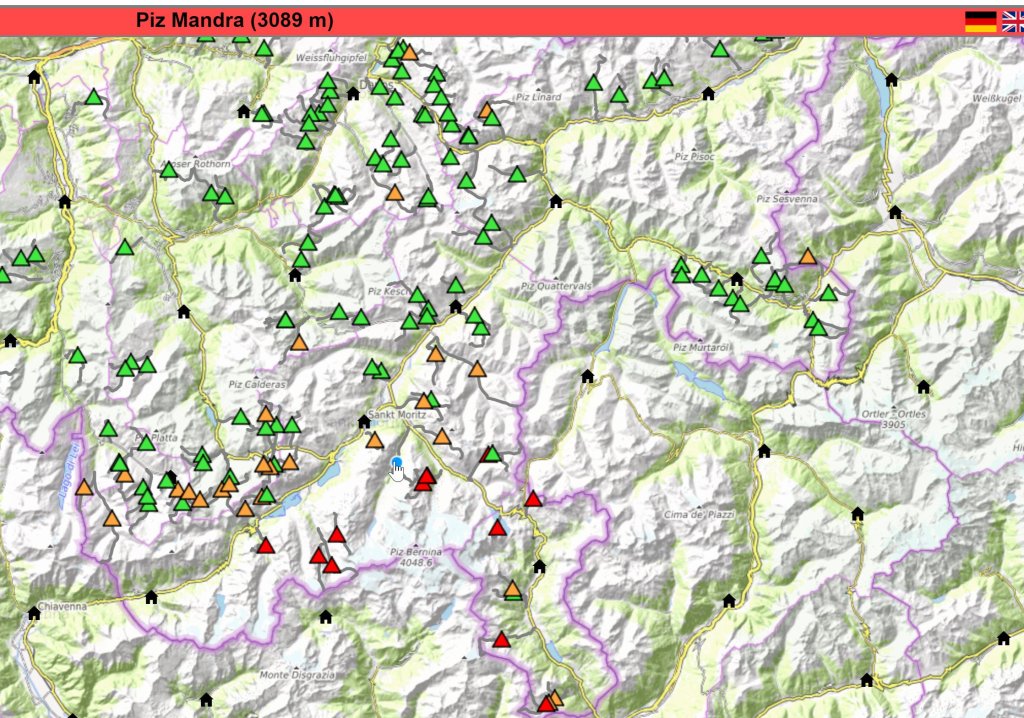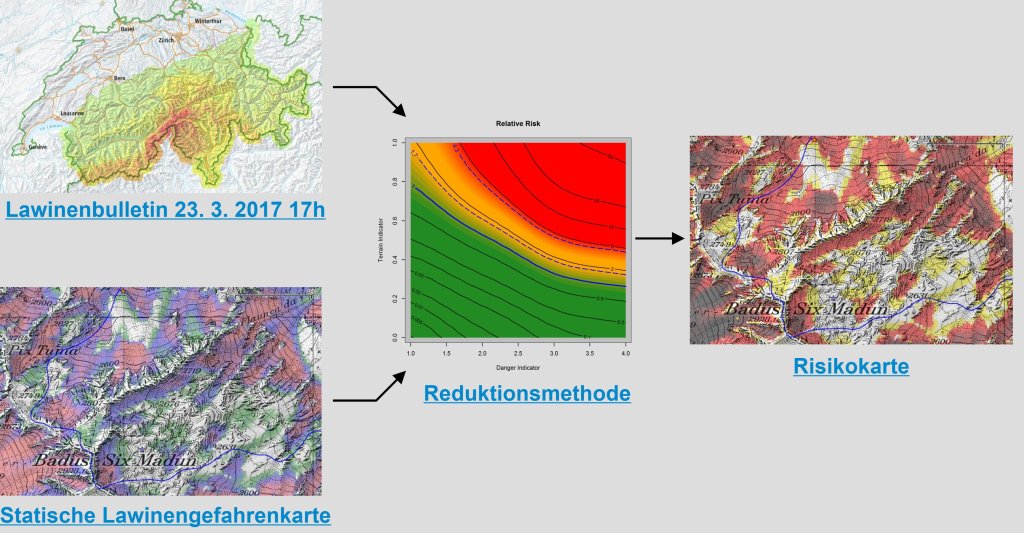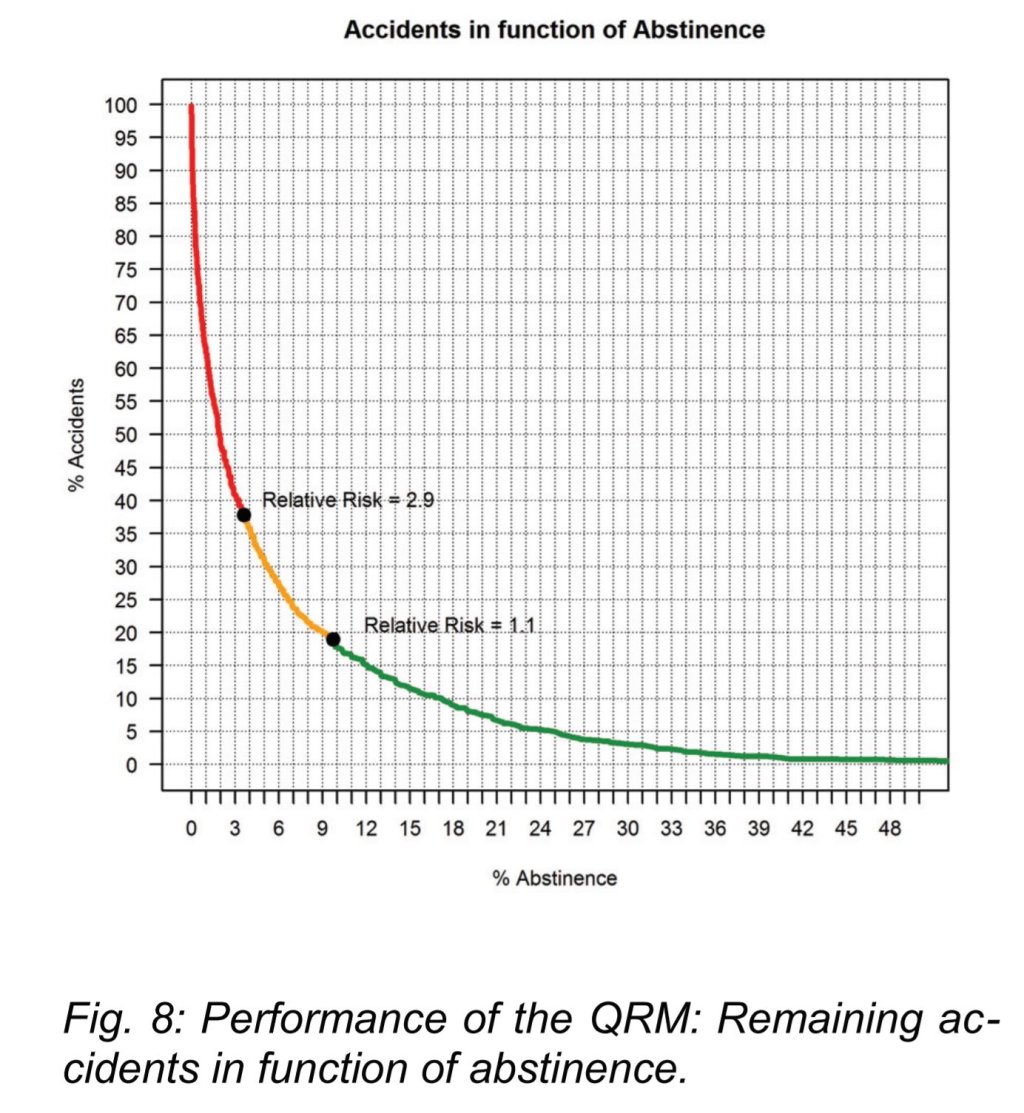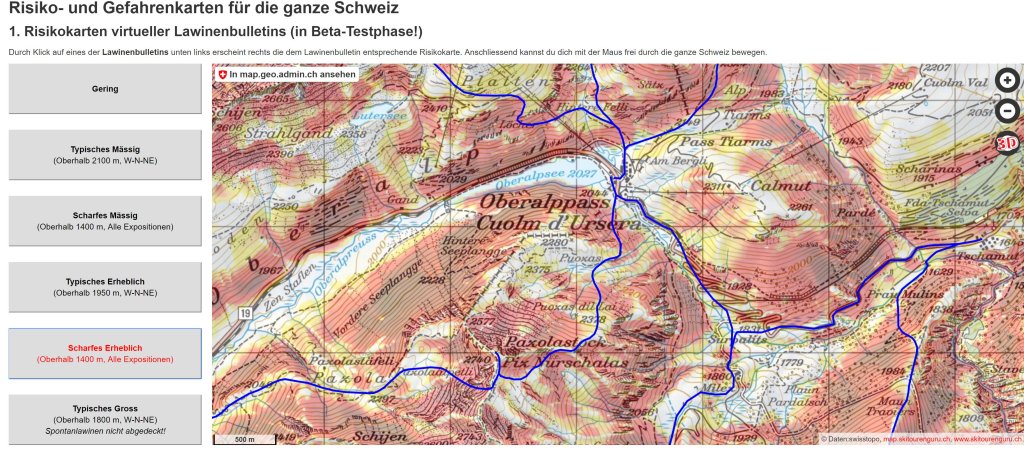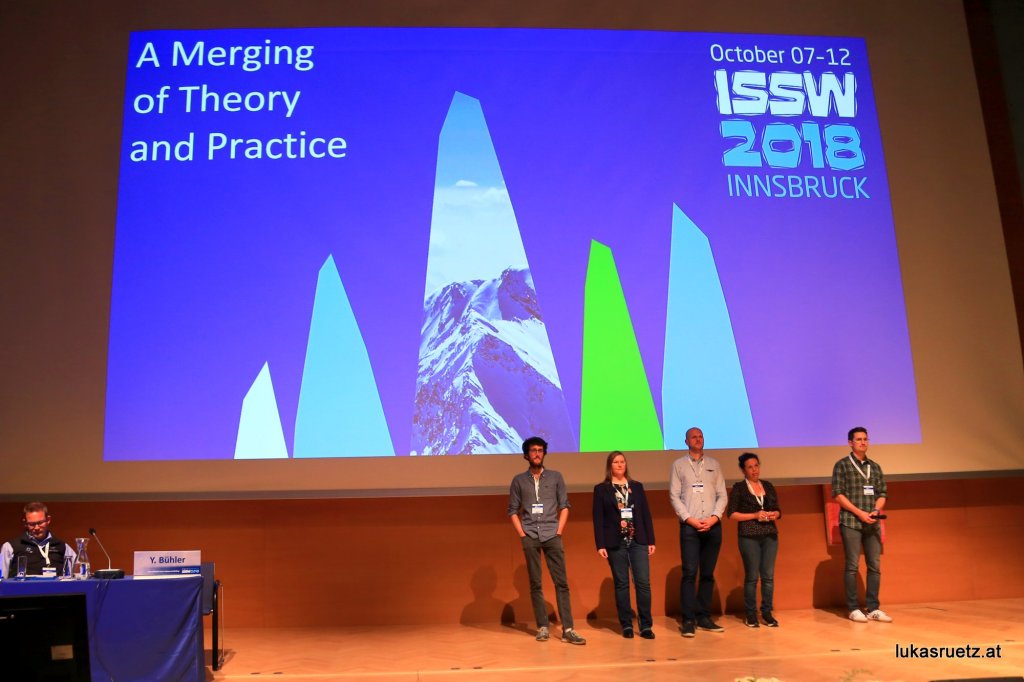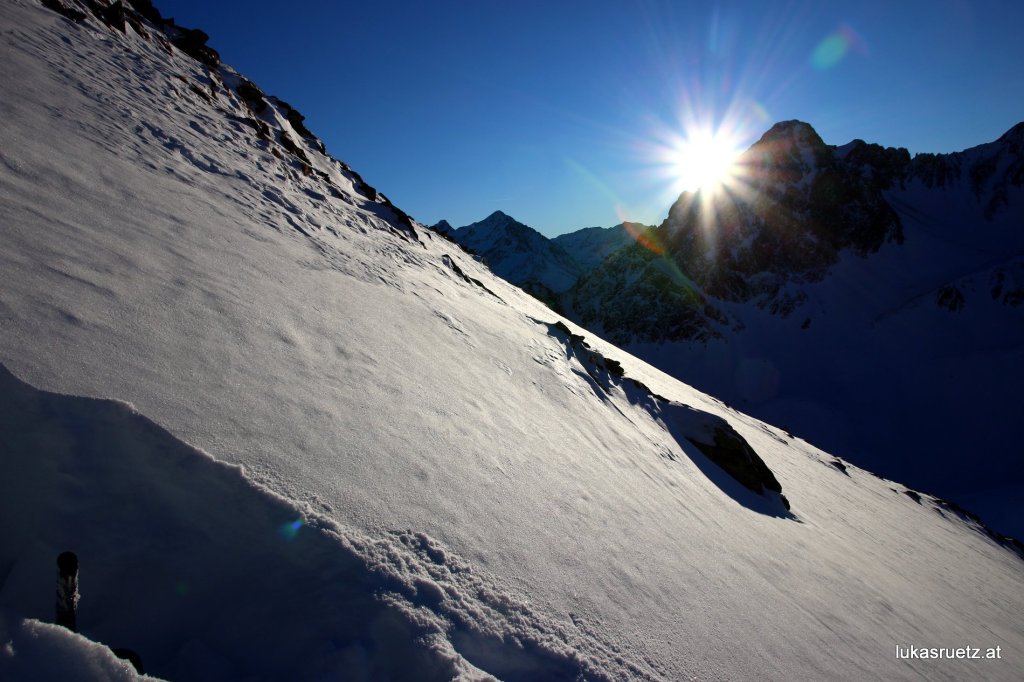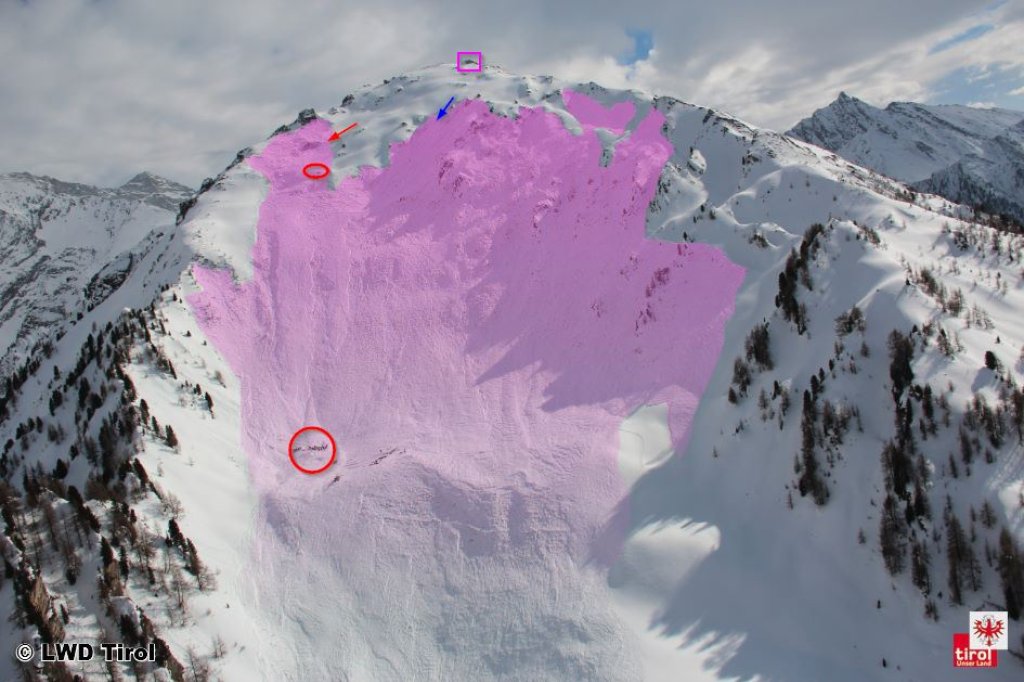The highly complex structure of snow avalanche science and the usually equally complex LLBs, which hardly anyone understands anymore who is not out and about on a daily basis, seem to be slowly being split into different tracks for different user groups. Why does this make sense?
In the end, there is a smooth transition between beginners, experienced winter sports enthusiasts and avalanche experts. Even avalanche experts are not immune to heuristic traps and cognitive traps. I am therefore not sure whether the user groups will split up or whether they should split up. Skitourenguru can offer great added value to experienced users in particular, because only experienced winter sports enthusiasts can make optimum use of all the information that Skitourenguru provides. In any case, I would like to see beginners embark on the adventure of "avalanche awareness" and get to grips with avalanches in practice and theory.
The Munter reduction method was celebrated as a breakthrough in practical avalanche awareness. Today we know that it and the methods derived from it are only used consistently enough in training, but hardly ever in independent practice by users of all levels. Is the actual breakthrough of linking slope steepness and danger level according to statistical probability only now coming through tools and automatisms such as Skitourenguru?
A recently published study from Norway shows that neither reduction methods nor other tools are widely used. In real-life touring practice, a great deal of work is done using intuition. Nobel Prize winner Daniel Kahneman has shown that intuition must systematically lead us astray when we are confronted with low event probabilities and weak hazard signs. In view of these new findings, it surprises me that probabilistic avalanche science is currently on the defensive. Admittedly, probabilistic avalanche science has two handicaps: on the one hand, it takes a few spikes out of the expert's crown and, on the other, it is not particularly user-friendly. If we leave the calculations to the computer and also develop more complex models, we can address both problems. In this sense, yes, I think developments like Skitourenguru can help probabilistic avalanche science make a breakthrough. Ultimately, however, it's about combining the three major trends in avalanche science (probabilistics, analytics and intuition) in a clever way.
A lot has happened in avalanche science for winter sports enthusiasts in recent times. Be it the now much more meaningful snow cover tests such as ECT and PST or avalanche problems. Basically, more has developed in the last ten years than in 100 years before. How does Skitourenguru incorporate the latest developments - in terms of technology and science? Does this make Skitourenguru the pinnacle of current developments in avalanche prevention?
The major weakness of Skitourenguru is the LLB. Avalanche research has made enormous progress in recent years. The aim is to develop a model chain that starts with the weather data, models the snowpack and finally derives meaningful stability indicators. However, anyone who talks to the researchers quickly realizes that there are still a whole series of unsolved problems. In any case, avalanche warnings are eagerly awaiting a stability map that is derived fully automatically from weather data.
Skitourenguru is keeping a close eye on progress and will replace the LLB with better successor products in due course. Skitourenguru is therefore not at the top, unfortunately the top is only on the drawing board.
Where do you think risk management in the snow is heading? Will there eventually be a chip in your head that not only reports the risk, but also identifies the exact places on the slope where an avalanche could be triggered on that day? I'm afraid there won't be a physical prediction for the individual slope for two reasons: Firstly, the chain listed above can at best model the probable snow cover. Secondly, we will never really fully understand the physical relationships within the snowpack. In the future, there will certainly be apps that warn us when we are approaching a slope that shows all the signs that make triggering an avalanche likely. There will be no actual physical prediction in the foreseeable future.
What are the next, foreseeable development steps for Skitourenguru?
As mentioned, I would like to replace the LLB with the above model chain, but this will not be possible for at least a few years. There are two important tasks on the agenda for Skitourenguru: Firstly, covering the entire Alpine arc with a full range of routes. Secondly, the possibility of having user-generated routes rated. On the one hand, this means routes that have been digitized by hand on the map before the ski tour. On the other hand, it is also about GPS tracks of real ski tours. In the second application, the user would see what risks they have exposed themselves to. In other words, they would receive feedback on their route planning. At the same time, Skitourenguru is constantly working on optimizing the algorithm.
